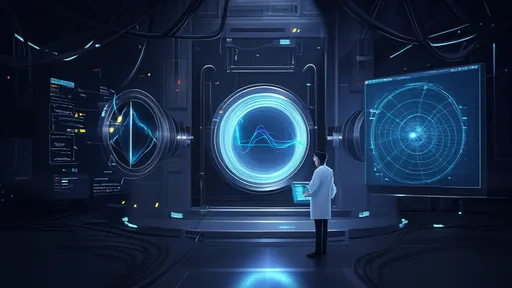
By / Jun 19, 2025
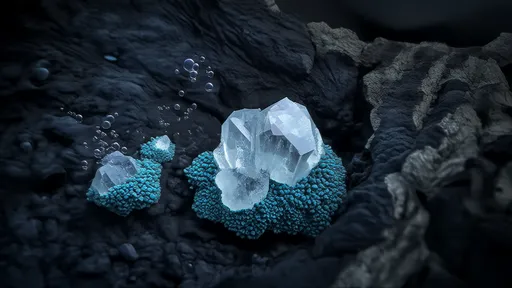
By / Jun 19, 2025

By / Jun 19, 2025

By / Jun 19, 2025
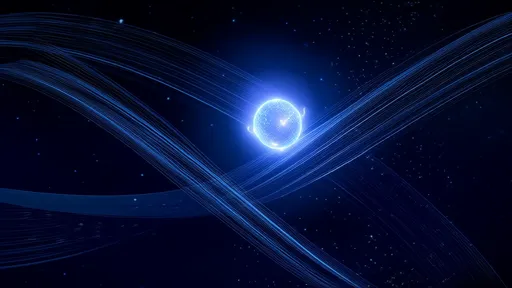
By / Jun 19, 2025
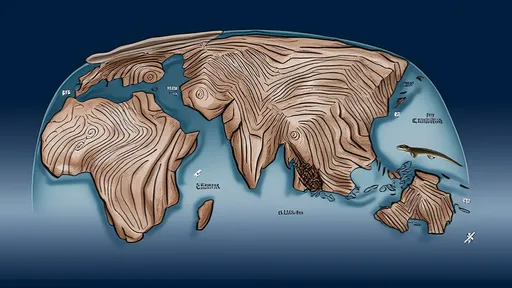
By / Jun 19, 2025

By / Jun 19, 2025
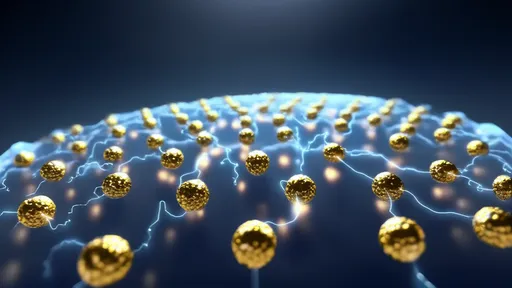
By / Jun 19, 2025

By / Jun 19, 2025
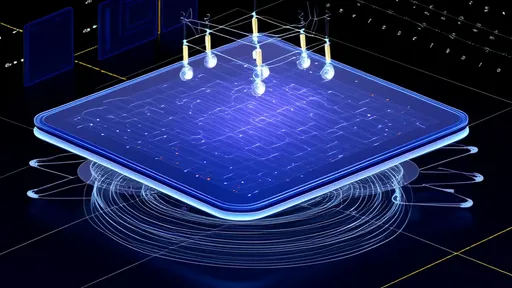
By / Jun 19, 2025
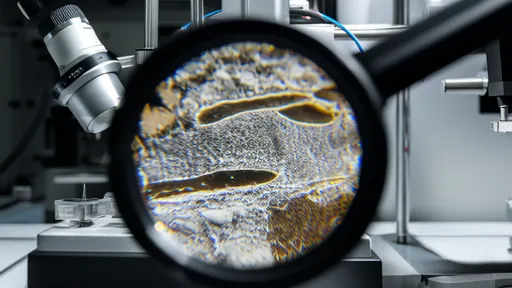
By / Jun 19, 2025

By / Jun 19, 2025
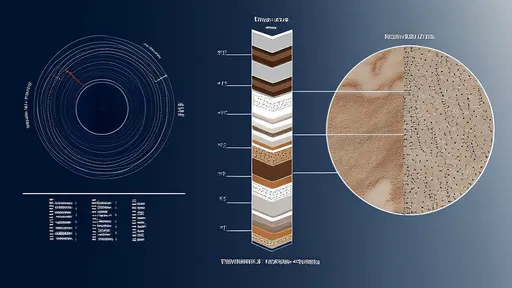
By / Jun 19, 2025
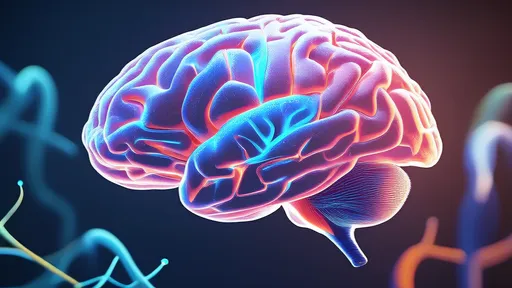
By / Jun 19, 2025
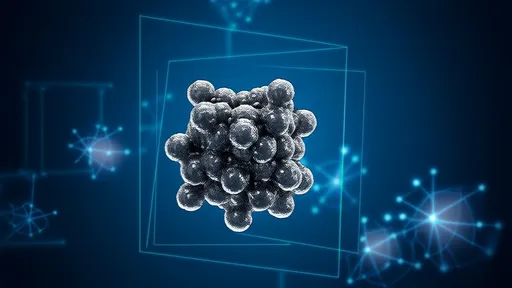
By / Jun 19, 2025
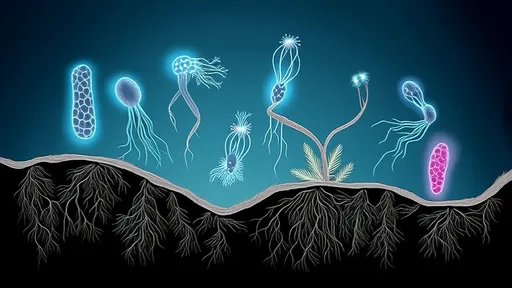
By / Jun 19, 2025
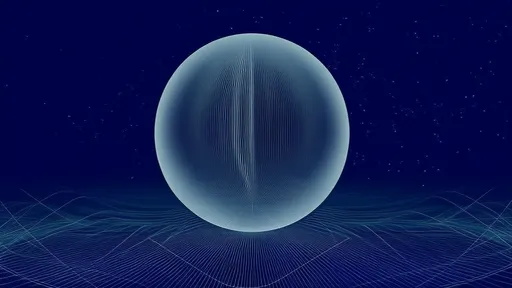
By / Jun 19, 2025